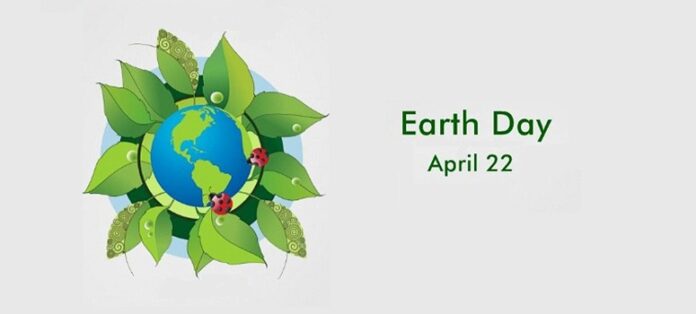| Subscribe to our YouTubeChannel |
|
|---|
Since 1970, when the world celebrated its first Earth Day, the planet has been in worse shape than the previous year.
This year looks to be no different, as countries try to recover from the pandemic.
Over the last five decades, the world’s resources have been severely strained by the rapid growth of economies and human population. Nature’s piggy bank has been raided and its treasures plundered on numerous occasions, resulting in widespread pollution, ecosystem degradation, and an alarming increase in species extinction.
The little blue-green orb in space is in rough shape.
Humanity was mostly in balance with nature in 1970, with our annual resource demand matching what nature could replenish.
We needed 1.6 Earths to meet our needs by 2020, and August 22 marked World Overshoot Day. According to overshootday.org, this is “the date when humanity’s demand for ecological resources and services in a given year exceeds what Earth can regenerate in that year “, according to overshootday.org.
There are glimmerings of hope.
Many people have been reminded of the value – and fragility – of nature as a result of the pandemic. Parks, green walks, and simply getting outside have become important parts of people’s routines.
Sweeping lockdowns at the start of the pandemic also literally cleared the air and quieted the seas. Nature resurrected itself and infiltrated our lives.
Many people now want less polluting transportation, more cycling paths, cleaner air, and economic recovery funding that is more focused on green financing, renewable energy, and transportation electrification.
A green recovery is widely seen as a good way to step up the fight against climate change, help the environment, and create new jobs.
Many people also saw a link between environmental destruction and the pandemic, namely that large-scale forest clearing puts us at greater risk of being exposed to dangerous viruses and other organisms, especially when linked to the wildlife trade.
But, as valuable as it is, the world must make significant changes in the ways it produces and consumes energy, grows food, and manages waste. It needs to put an end to the destruction of forests, wetlands, and grasslands, as well as the plundering of the seas.
Putting a price on nature, or, in technical terms, truly valuing the benefits, is an important first step. There would be no oxygen or soil to grow our food, no water to fill our dams, and no insects to pollinate our crops if we didn’t have nature. Ecosystem services are worth US$125 trillion (S$166 trillion) per year, according to the WWF.
A landmark assessment of life on Earth released in 2019 found that nature is deteriorating at an unprecedented rate, and the rate of extinction of plants and animals is speeding up, putting up to a million species at risk of extinction.
According to a report released by the Intergovernmental Science-Policy Platform on Biodiversity and Ecosystem Services, humanity must make drastic and immediate changes to economies and the way goods are produced and consumed in order to slow the rapid decline of nature.
According to the WWF’s global Living Planet Index 2020, monitored populations of mammals, birds, amphibians, reptiles, and fish decreased by 68 percent on average between 1970 and 2016.
Climate change continues to be humanity’s and nature’s single greatest threat. Rising temperatures and sea levels are already deadly and destructive, and unless greenhouse gas emissions are drastically reduced, the consequences will be even more costly in terms of lives and economic damage.
According to a Save the Children study released on Monday (April 19), an estimated 710 million children live in the 45 countries most vulnerable to climate change’s effects.
More than 193 million of these children live in Asia and the Pacific, which includes seven of the world’s most dangerous countries.
Food shortages, diseases and other health threats, water scarcity, or rising water levels – or a combination of these factors – will all affect children in these countries, according to the study.
That is why Earth Day is so important this year.
The Earth Day climate summit, which begins on Thursday (April 22), is aimed at resetting global climate diplomacy and galvanising stronger action ahead of the UN’s COP26 climate meeting in November. If he succeeds, there is reason to believe that the risks posed by the climate and biodiversity crises will be mitigated.
In the end, both crises are man-made, and we can intervene. There are an increasing number of options for greening our economies, improving resource efficiency, and reducing waste.
A massive global green transition is possible, necessary, and need not be expensive if well-managed and carried out fairly.


















